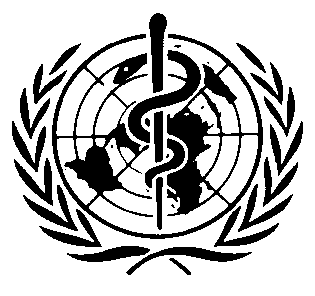International Chemical Safety Cards
| 1,2,3-TRICHLOROPROPANE | ICSC: 0683 |




Allyl trichloride C3H5Cl3 / CH2ClCHClCH2Cl Molecular mass: 147.4 

 ICSC # 0683
ICSC # 0683CAS # 96-18-4 RTECS # TZ9275000 UN # 2810 EC # 602-062-00-X April 21, 2005 Peer reviewed |
| TYPES OF HAZARD/ EXPOSURE | ACUTE HAZARDS/ SYMPTOMS | PREVENTION |
FIRST AID/ FIRE FIGHTING |
| FIRE |
Combustible.
Gives off irritating or toxic fumes (or gases) in a fire.
|
NO open flames.
|
Powder, alcohol-resistant foam, water spray, carbon dioxide.
|
| EXPLOSION |
Above 73°C explosive vapour/air mixtures may be formed.
Risk of fire and explosion on contact with metals.
|
Above 73°C use a closed system, ventilation, and explosion-proof electrical equipment.
|
In case of fire: keep drums, etc., cool by spraying with water.
|
| EXPOSURE |
|
AVOID ALL CONTACT!
|
IN ALL CASES CONSULT A DOCTOR!
|
| •INHALATION |
Cough.
Sore throat.
Headache.
Drowsiness.
Unconsciousness.
|
Ventilation, local exhaust, or breathing protection.
|
Fresh air, rest.
Refer for medical attention.
|
| •SKIN |
Dry skin.
Redness.
Prickling.
|
Protective gloves.
Protective clothing.
|
Remove contaminated clothes.
Rinse skin with plenty of water or shower.
Refer for medical attention.
|
| •EYES |
Redness.
Pain.
|
Safety spectacles,
or eye protection in combination with breathing protection.
|
First rinse with plenty of water for several minutes (remove contact lenses if easily possible), then take to a doctor.
|
| •INGESTION |
Nausea.
Headache.
Vomiting.
Diarrhoea.
Drowsiness.
Unconsciousness.
|
Do not eat, drink, or smoke during work.
Wash hands before eating.
|
Rinse mouth.
Do NOT induce vomiting.
Give plenty of water to drink.
Refer for medical attention.
|
| SPILLAGE DISPOSAL | STORAGE | PACKAGING & LABELLING | ||
|
Personal protection:
filter respirator for organic gases and vapours.
Collect leaking and spilled liquid in sealable containers as far as possible.
Absorb remaining liquid in sand or inert absorbent and remove to safe place.
Do NOT let this chemical enter the environment.
|
Separated from powdered metals, food and feedstuffs.
Cool.
Keep in a well-ventilated room.
Store in an area without drain or sewer access.
|
Do not transport with food and feedstuffs.
Marine pollutant. Note: D T symbol R: 45-60-20/21/22 S: 53-45 UN Hazard Class: 6.1 UN Packing Group: III |
||
| SEE IMPORTANT INFORMATION ON BACK | ||||
|
||||
